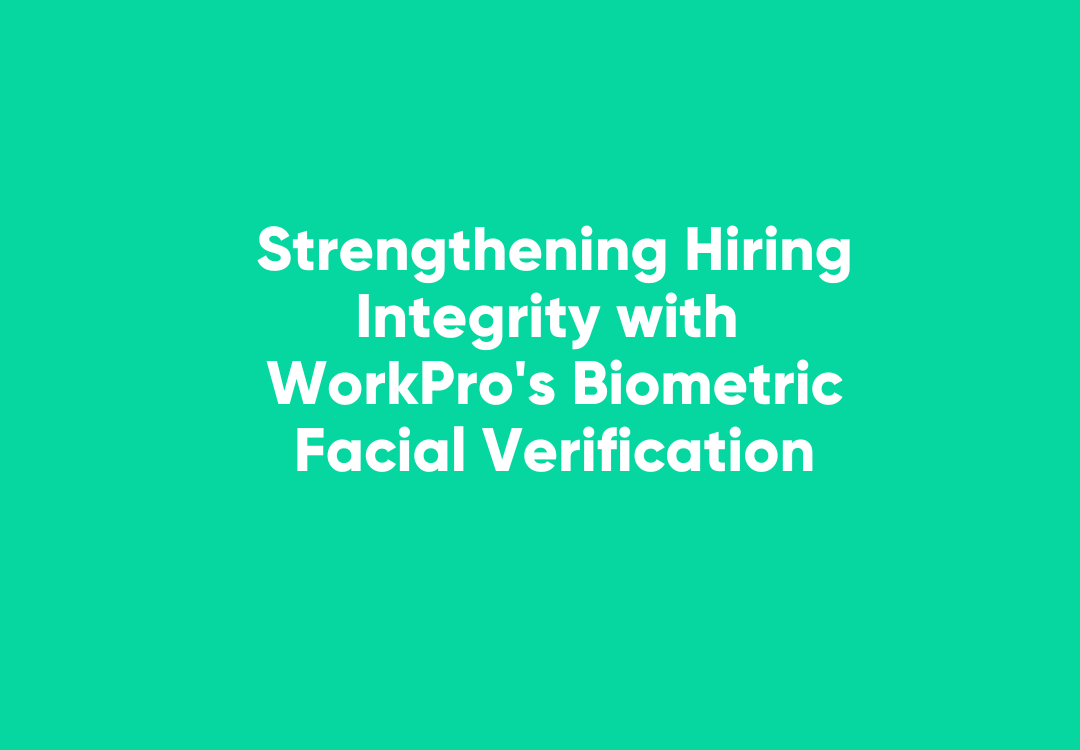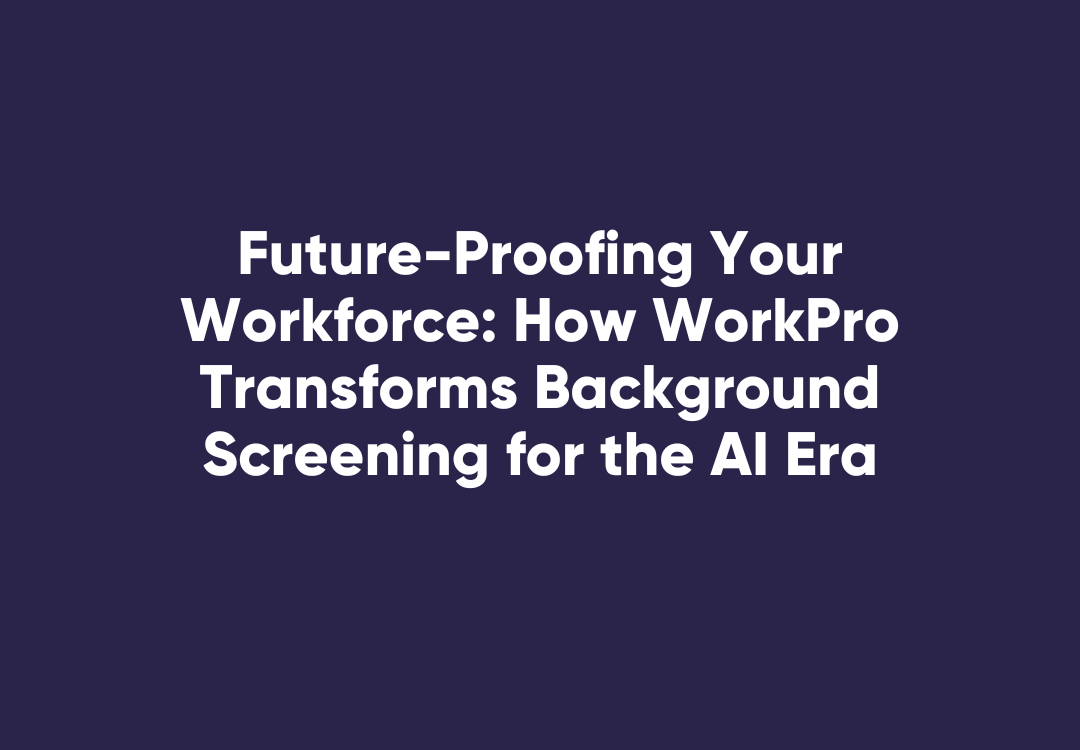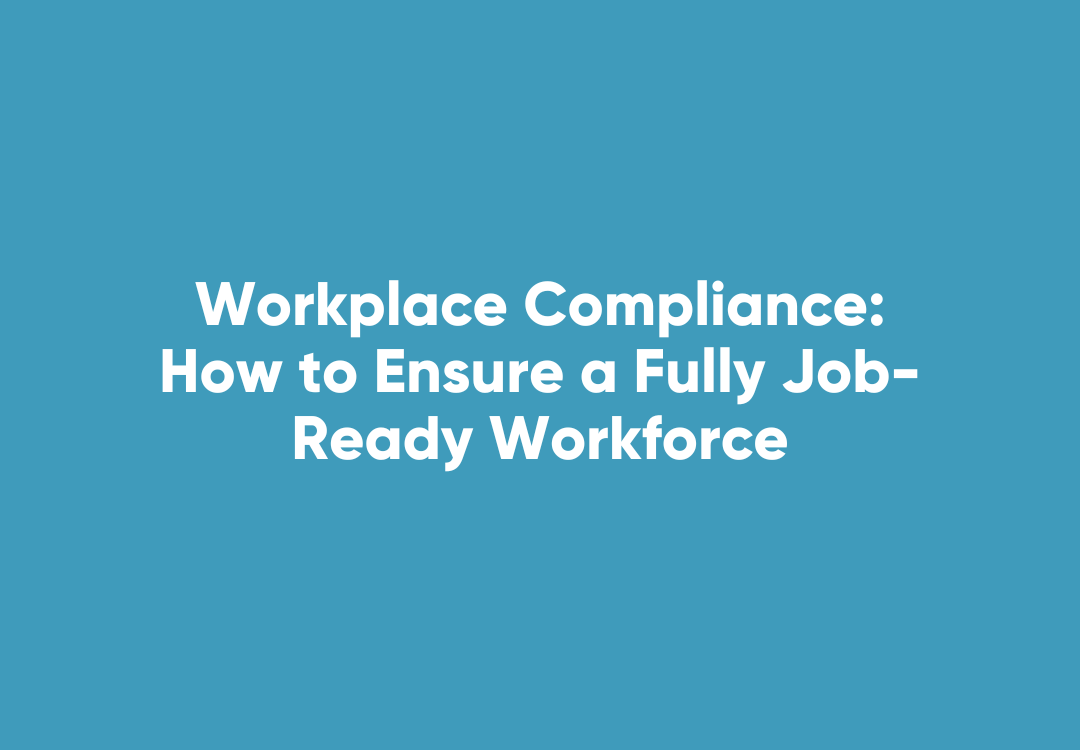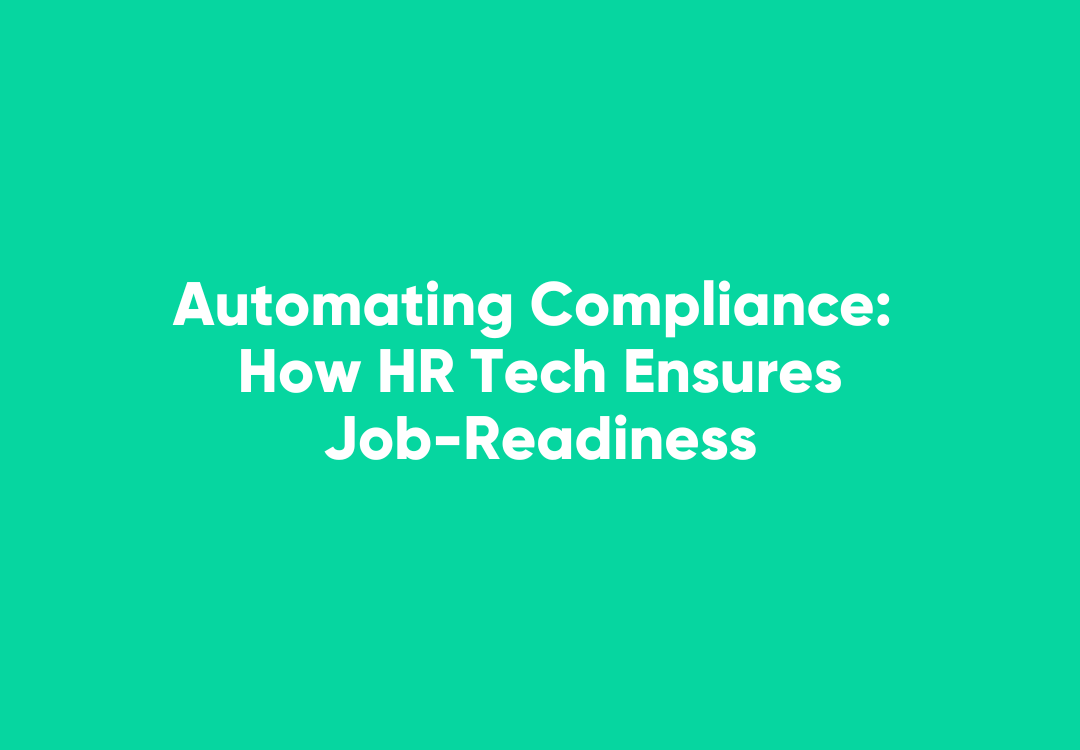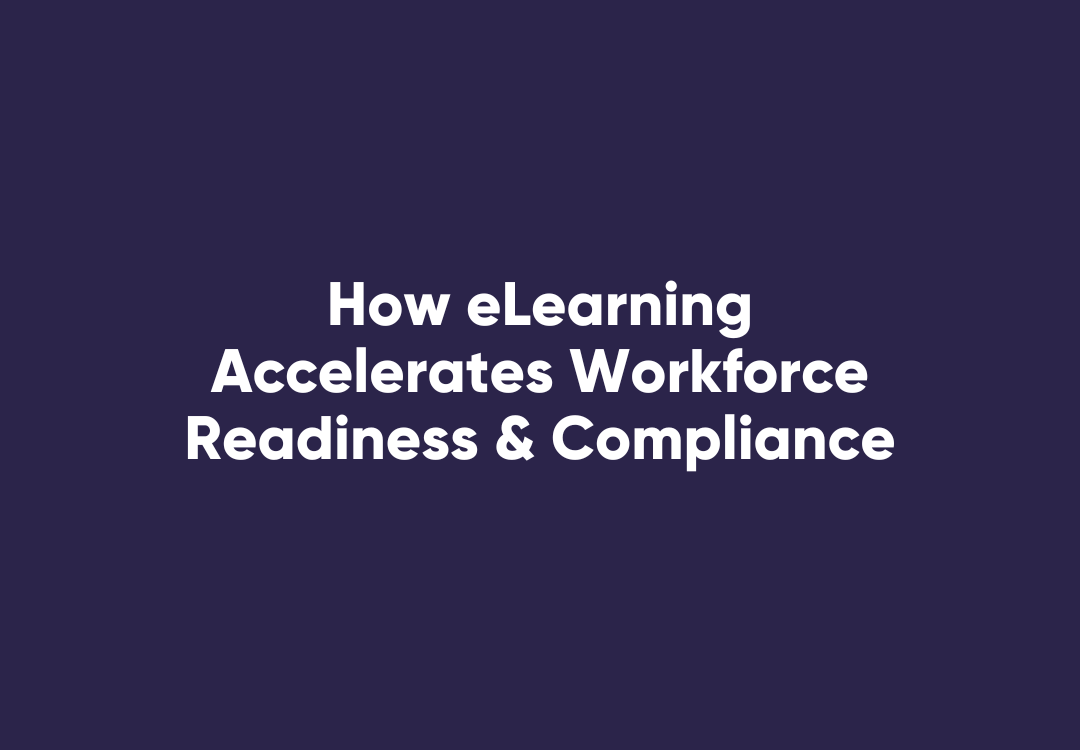Workplace Bullying Encompases More Than Just Physically Being ‘At Work’.
From 1 January 2014, a worker who has been bullied at work may apply to the Fair Work Commission for an order to stop the bullying.
To lodge an application for a stop bullying order, a worker must reasonably believe that he or she has been bullied at work.
For an order to be made, the Commission must be satisfied that:
– The worker has been ‘bullied at work’ by an individual or a group of individuals, and
– There is a risk that the worker will continue to be bullied at work by the individual or the group.
‘Bullied at work’ occurs when an individual or group of individuals repeatedly behaves unreasonably towards a worker or a group of workers of which the worker is a member, while the worker is at work, and that behaviour creates a risk to health and safety.
When a worker is ‘at work’ depends on the relevant circumstances but they do not need to be ‘at the physical premises’ of the workplace.
As part of the recent Bowker vs DP World case, the Full Bench of the FWC interpreted the phrase ‘while the worker is at work’.
In this case, the key issue was whether the anti-bullying jurisdiction related only to conduct occurring while the worker is at the workplace during working hours, or working for the employer at another location during working hours.
In resolving this question, the Full Bench emphasised the effect of the expression ‘while the worker is at work’ in the definition of ‘bullied at work’.
The Bench determined that these words were plainly intended to create a temporal connection between the bullying conduct and the worker being ‘at work’.
Offensive conduct on social media may fall within the ‘substantial connection’ with work that would allow employers to give lawful and reasonable direction and take disciplinary action.
However, often such conduct does not occur during working hours.
It stated that offensive Facebook comments are taken to occur at the time the comments are posted and continue for as long as they remain on Facebook.
It determined that the worker need not be at work when the comments are posted.
It is enough to constitute bullying warranting a stop-order if the worker accessed the comments later, while at work.
The Bench declined to prescribe the boundaries of when a worker may be said to be ‘at work’ for bullying purposes, instead decided to allow the law to develop on a case by case basis.
The Bench did however confirm that ‘being at work’ covers:
– The performance of work at any time or location as well as
– When a worker is engaged in some other activity authorised or permitted by the employer (such as being on a meal break or accessing social media while performing work).
This precedent case does however encourage employers to remain vigilant to prevent bullying in the workplace and to take appropriate action when allegations are made.
Employers should also ensure they maintain comprehensive policies relating to bullying and other relevant behaviour, such as conduct on social media to help clarify what this is, and is not, acceptable behaviour.
It is important to note that comments posted on social media which are not accessed at work and which are quickly removed or that are made by people with no connection to the workplace may not amount to bullying, each case must be assessed on its own facts.
Such conduct may still be within the employers power to investigate and to take appropriate disciplinary action, depending on the circumstances.
With this knowledge, it is worth reminding that in order to help you understand the broader employer and worker obligations around workplace bullying.
WorkPro offers a free ebook on the subject and importantly, WorkPro offers a bullying, discrimination and harassment induction module to assist you in meeting your legal compliance.




